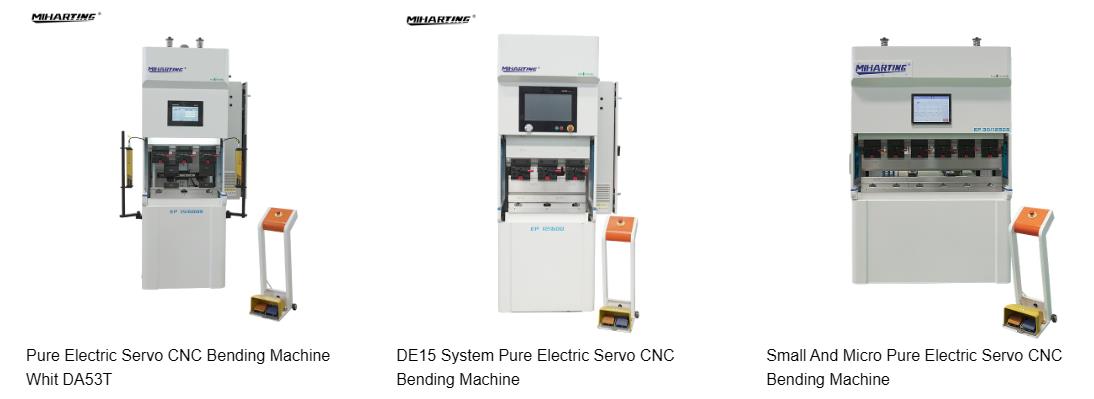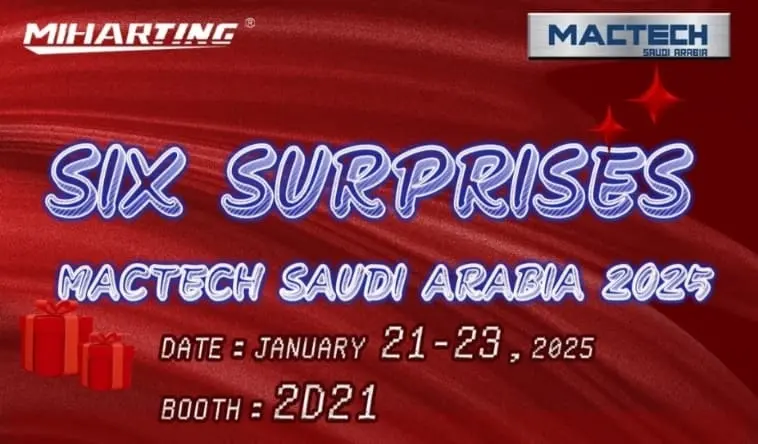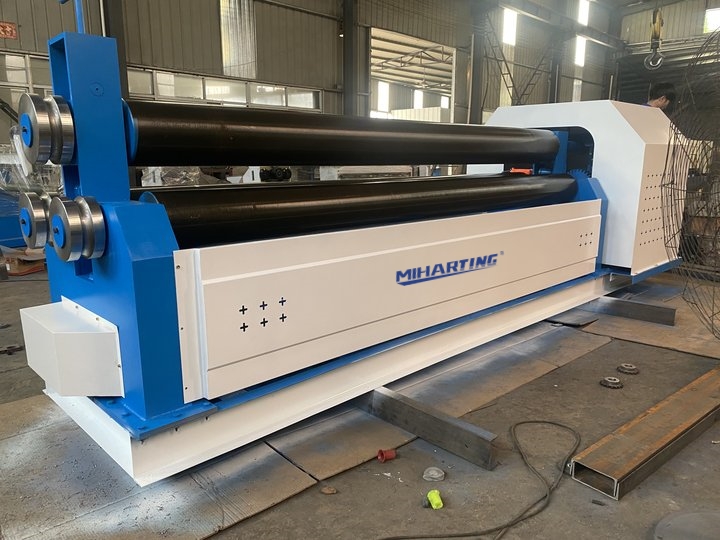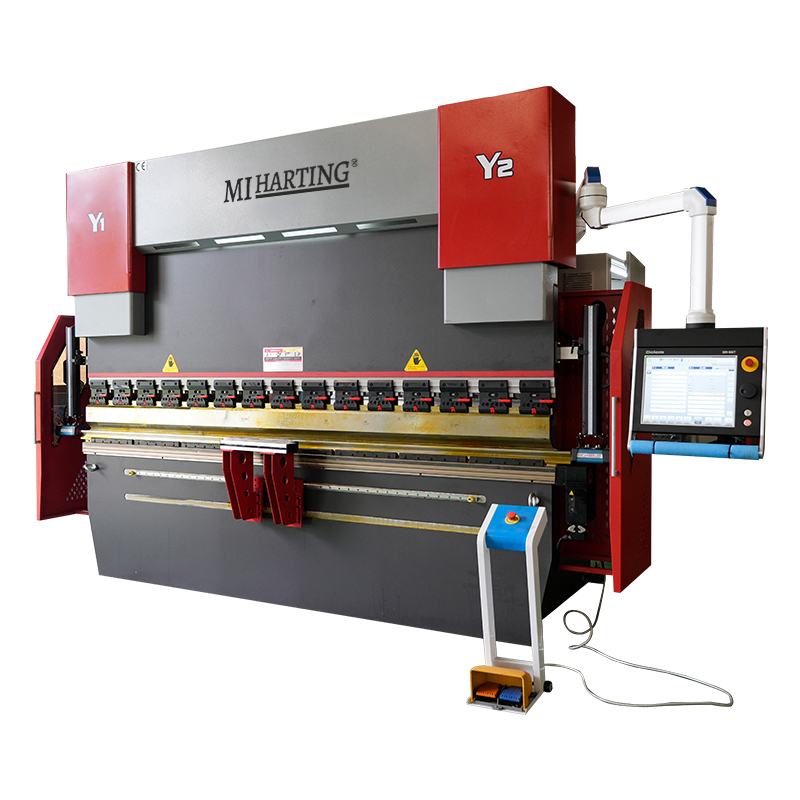Power system
Traditional hydraulic press brakes rely on a hydraulic system to provide power. Although the hydraulic system is mature and reliable, its maintenance is relatively complicated, and hydraulic oil leakage may cause environmental pollution. In contrast, smart pure electric press brakes use an electric drive system, with more direct and precise power transmission without the risk of hydraulic oil leakage, reducing maintenance requirements.
Energy efficiency and environmental protection
Electric press brakes perform better in terms of energy efficiency. They often feature more efficient motors and energy-saving designs that can significantly reduce energy consumption. Hydraulic press brakes require continuous operation of the hydraulic pump, which consumes relatively high energy. In addition, electric press brakes do not use hydraulic oil, which also reduces the risk of environmental pollution.
Accuracy and repeatability
Electric press brakes can provide higher bending accuracy and better repeatability due to their precise electric drive system. This is particularly important for applications requiring high-precision machining. The accuracy of traditional hydraulic press brakes relies more on the stability of the hydraulic system, and accuracy drift may occur after long-term use.
Operation and maintenance
The operating interface of electric press brakes is usually more user-friendly, has a smarter control system, and is easy to operate and easy to learn. Hydraulic press brakes may require more manual adjustments and experience in operation. In terms of maintenance, pure electric-controlled press brakes have lower maintenance requirements, while hydraulic systems require regular inspections of hydraulic oil and seals, and maintenance costs are relatively high.
Cost
In terms of initial investment, hydraulic press brakes usually have lower costs, mature technology and relatively low manufacturing costs. However, in the long term, although the initial investment of CNC pure electric press brakes is higher, its low energy consumption and low maintenance costs may make the total cost of ownership more advantageous.
| Comparison items | Electric bending machine | Traditional hydraulic bending machine |
| Power system | Electric drive system | Hydraulic oil system |
| Energy efficiency & environmental protection | High energy efficiency, energy-saving design | High energy consumption, hydraulic oil may pollute the environment |
| Accuracy & repeatability | High precision, good repeatability | Accuracy depends on the hydraulic system, and accuracy drift may occur |
| Operation & maintenance | Intelligent and easy operation, low maintenance requirements | Manual operation, high maintenance requirements |
| Cost | High initial investment, the total cost of ownership may be lower | Low initial investment, but high maintenance and energy consumption costs |







